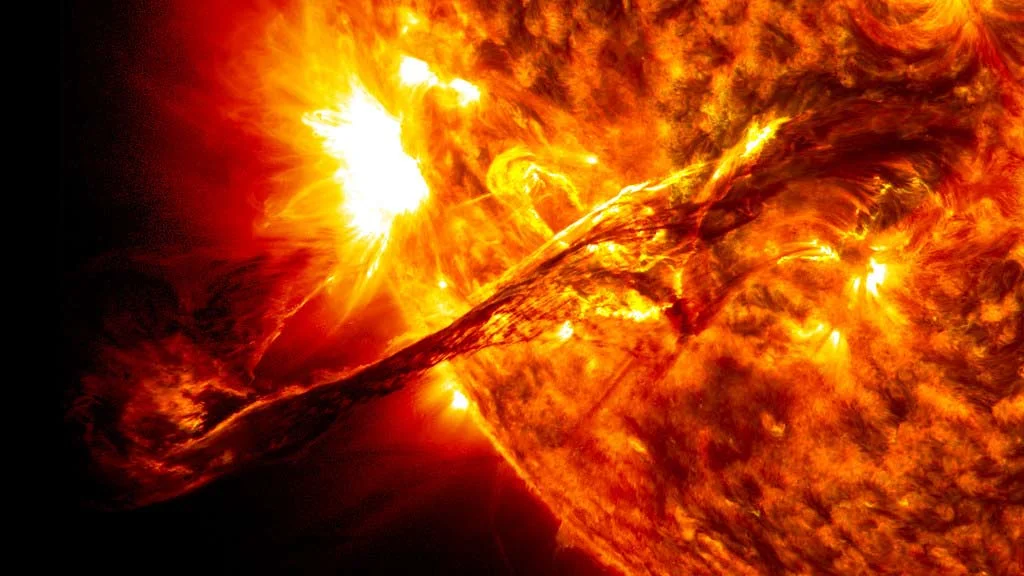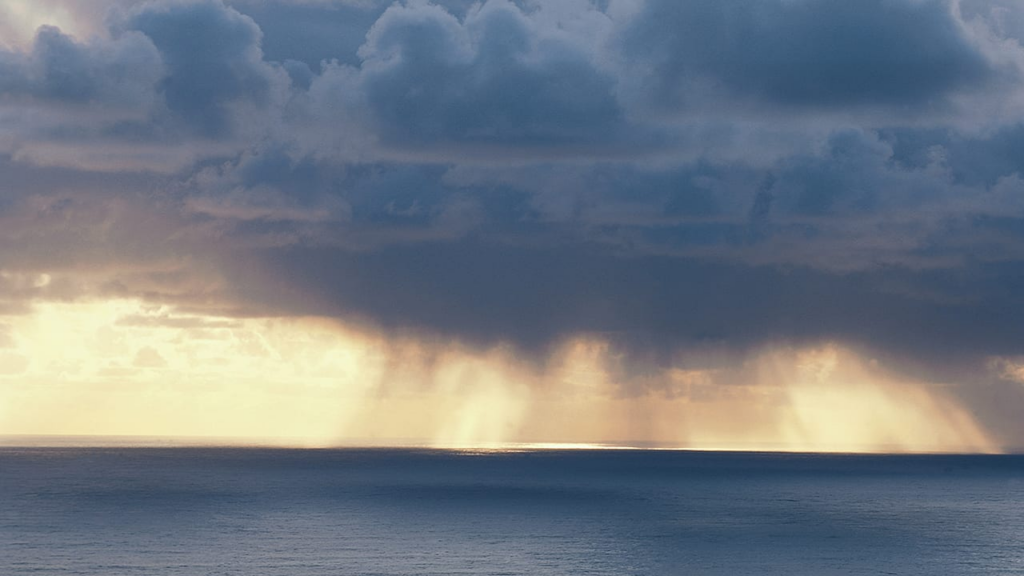The sun has been the energy source for the water cycle, and no one knows when it started. Scientists can only make estimations of when the water cycle started, and they estimated that it began about 3.8 billion years ago. The sun is the reason why the water cycle exists in the first place. Living things depend on water for survival. The water cycle helps deliver clean water supply to various places and landmass. It is not just the water cycle that depends on the sun’s energy, but also most of the living things on the planet.
Contents [hide]
Sun: The Ultimate Energy Source That Maintains the Earth’s Water Cycle
The water cycle is a never-ending process that has been going on even at this very moment. The reason why it is not stopping anytime soon is simply that the sun exists. The sun is a star in the center of the solar system, and it is the closest star to earth. It radiates energy in the form of waves and radiation. The time that radiation travels from the sun to earth is about 500 seconds. The radiation that travels from the sun to earth’s water is the beginning of the water cycle. The water cycle is one example of how the sun has made life on the planet thrive for a long time.

How Does Solar Energy Keep the Earth’s Water Cycle?
Solar energy is energy from the sun that provides light and heat in whatever places or things it lands on. Solar energy keeps the earth’s water cycle by providing continuous heat. The sun’s heat is how solar energy keeps the earth’s water cycle going. Heating water for a long time can cause it to evaporate, and evaporation is one of the stages of the water cycle. The sun is estimated to run out of fuel for about 10 billion years; this means that the sun will provide solar energy for the planet earth in a long time. It also means that the earth’s water cycle will not end until the sun dies out or all of the earth’s water runs out.
What Are the Main Stages of the Water Cycle?
Evapotranspiration
Evaporation is what most schools have taught their students to be the first stage of the water cycle. They are correct; however, the term evapotranspiration is used to keep the information as detailed as possible. Evaporation is simply the process of liquid conversion into gaseous particles. At the same time, transpiration is when vapors from plant life emit into the atmosphere. Evapotranspiration is both evaporation and transpiration combined. It is important to note that the earth’s ocean is not the only water source in the whole water cycle process. Both soil and plant moistures also contribute to the water cycle.
Condensation
If evaporation changes the state of matter liquid into gas, then condensation is the opposite. However, condensation turns gas into vapor, to be exact. The condensation process is also the one that causes clouds in the sky to form. The condensation process has made millions of pounds of vapors compress in the sky and form clouds. Clouds look lighter than they are. A cloud can weigh as much as a jumbo jet and possibly more.

Precipitation
Precipitation is when water or snow falls from the clouds to the ground underneath it. Precipitation occurs when clouds that form after the condensation stage become too heavy. The most common type of precipitation that happens is rainwater. Also, precipitation becomes hazardous when it gives off excessive water or snow. Sometimes, even hail can form and cause hailstorms. Still, precipitation is essential because it is the only way some places on earth get a clean water supply.
Infiltration
After water from the precipitation stage falls to the ground, the ground absorbs it, and then groundwater below it forms. The absorption and forming of water are called the infiltration process. The whole process, however, is dependent on the pull of gravity to work. There are also times when the infiltration process produces clean groundwater that is also available for consumption.
Runoff
The runoff stage is when groundwater or water from the mountains returns to the seas and oceans. A primary example of this process is how the rivers flow. Because of the precipitation process, water from mountains flows downstream. Overflow also happens when the ground cannot absorb water anymore after a long precipitation process. Then, some water that goes into the ocean evaporates; thus, the water cycle continues.

What is the Importance of a Balanced Water Cycle?
A balanced water cycle ensures that water around the planet is appropriately distributed. It is to note that most of the planet’s inhabitants rely on water to survive, and this is what a balanced water cycle provides. A balanced water cycle provides and takes away excess water from a place and transfers it to another. It keeps water levels balanced and makes life on earth thrive.